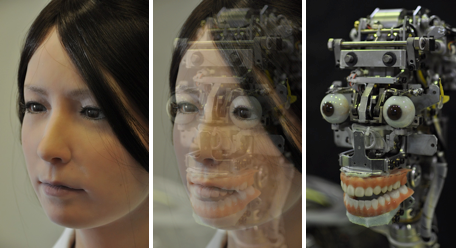CALL FOR PAPERS: Touch the Web 2011
2nd International Workshop on Web-Enabled Objects
The workshop will be held on June 20-24, 2011 in Paphos, Cyprus, in conjunction with the:
International Conference on Web Engineering (ICWE)(Information about this CFP was taken from the workshop's website: http://www.pros.upv.es/touchtheweb/ )
The vision of the Internet of Things builds upon the use of embedded systems to control devices, tools and appliances. With the addition of novel communications capabilities and identification means such as RFID, systems can now gather information from other sensors, devices and computers on the network, or enable user-oriented customization and operations through short-range communication. When the information gathered by different sensors is shared by means of open Web standards, new services can be defined on top of physical elements. In addition, the new generation of mobile phones enables a true mobile Internet experience. These phones are today’s ubiquitous information access tool, and the physical token of our "Digital Me“. These meshes of things and “Digital Me” will become the basis upon which future smart living, working and production places will be created, delivering services directly where they are needed.
The fundamental questions in this workshop are:
How do we apply the lessons learned in Web Engineering to the Internet of Things?
What kind of Web-based interaction patterns for embedded devices (streaming, eventing, etc.) can we identify?
Applications, deployments, prototypes and evaluations of Web of things systems.
Human-things interaction models and paradigms (mobile interfaces, etc.)
User-oriented, context-aware discovery and dynamic search for the real world.
Compositions of Things and Meshes of Things.
What kind of interfaces, business models and scenarios these smart things will create, address and modify?
How can the services in the surroundings be composed and orchestrated?
The research areas involved are many, including Web Engineering, Ubiquitous Computing, Product Engineering, Distributed Systems, Human Computer Interaction, Economics, Artificial Intelligence, and many more. We look forward in this workshop to bring together different areas of expertise to help us shape a vision of creating living and working surrounded by meshes of web-enabled things.
Workshop format
Expected number of participants is no more than 20, for a full-day workshop. A tentative program (to be adjusted following the number of participants) is organized as follows:
A short (15 min) opening session by the workshop organizers
Two full paper presentation sessions (each session with 3 papers, 20 min presentation each)
Lunch break
One short paper presentation session (up to 6 papers, 5 min presentation each)
Discussion session. A specific agenda to discuss and provide feedback upon will be proposed and the organizers will moderate the discussion.
The last session will be devoted to consolidate and present the results of the discussions. The workshop organizers will write a workshop summary and publish it as part of the workshop proceedings.









